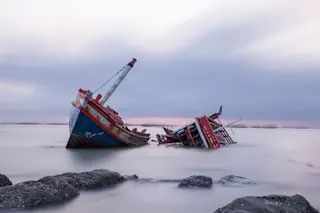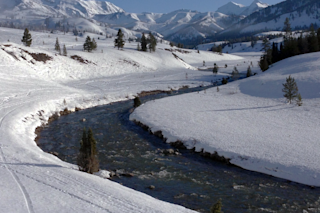The unnerving legend of the merchant ship Mary Celeste has persisted for more than 150 years. In late 1872, the ship left New York. About a month later, it was spotted near the Azores, just bobbing along. The crew on a passing ship sent out several unanswered signals. Sensing something was amiss, a few approached in a lifeboat.
The surprised sailors found the Mary Celeste abandoned. There were no signs of life — or death. The ship’s wheel was eerily spinning on its own, and everything was left in place. The captain’s logbook had a typical, mundane entry from 10 days prior. Food was safely stored. Weather gear was untouched. Historians still debate why the people vanished, and the Mary Celeste has come to exemplify “ghost ships.”
(Credit:Raisa Nastukova/Shutterstock)
Ghost ships are vessels that are abandoned, sometimes intentionally. Environmental officials refer to them as abandoned and derelict vessels (ADVs), and ...















